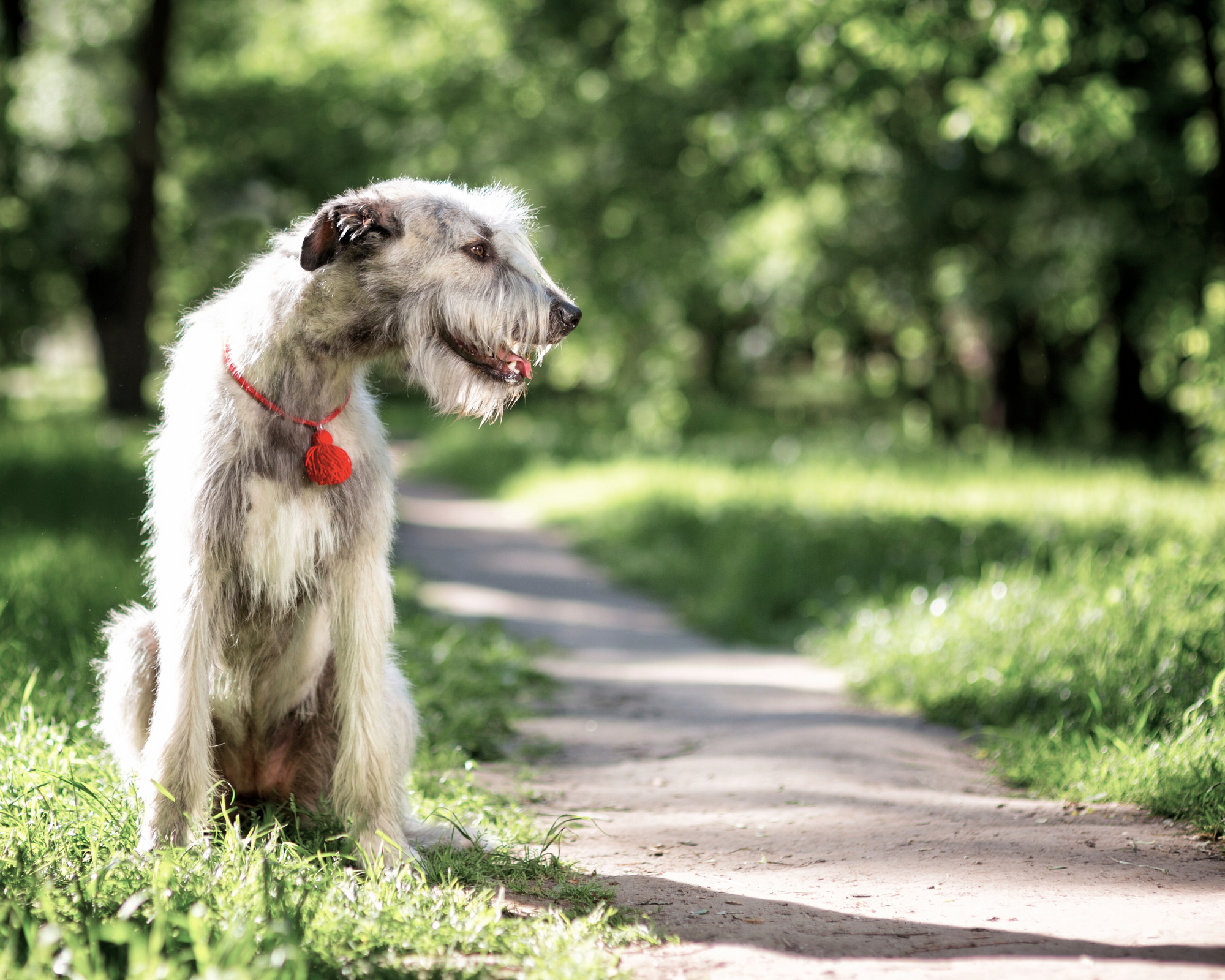

4 Common Mistakes Big Dog Owners Make (and How to Fix Them)
Let’s be real—raising a giant breed dog is a whole different game. And sometimes, despite the best intentions, we make choices that can quietly impact their long-term health and comfort.
This isn’t about shame. It’s about being better informed so we can give our gentle giants the long, healthy lives they deserve.
Here are four of the most common mistakes we see big dog owners make—and how to fix them.
1. Overfeeding (Especially in Puppyhood)
Big dogs = big appetites. But that doesn’t mean they need endless food bowls.
One of the most common mistakes is overfeeding—especially during the puppy stage when growth is rapid. Feeding too much or feeding the wrong formula can lead to rapid growth, which puts serious strain on developing joints and bones. This increases the risk of orthopedic issues like hip dysplasia later in life.
How to fix it:
-
Feed a diet specifically formulated for large or giant breed puppies.
-
Avoid overfeeding, even if they "seem hungry."
-
Monitor body condition, not just weight.
A slow, steady growth rate is what you're aiming for—not a race to the biggest dog on the block.
2. Skipping Training Because They're "Gentle"
Yes, giant breeds are often called "gentle giants," but gentle doesn’t mean manageable.
A 150-lb dog with no recall, no manners, and no boundaries can quickly become a safety hazard—for themselves and everyone around them.
How to fix it:
-
Start training early with basic commands like sit, stay, leave it, and recall.
-
Focus on consistency, not perfection.
-
Reinforce calm behaviors and polite greetings.
You don’t need a perfectly obedient robot—you need a big dog who listens, understands expectations, and can coexist peacefully in your space.
3. Letting Puppies Jump Too Soon
This is one most of us don’t even think about—until we learn the hard way.
Letting your growing puppy jump on and off furniture, race up stairs, or roughhouse too hard can cause lasting damage. Giant breeds grow fast, but their growth plates don’t fully close until at least 12 months of age—and often closer to 15+ months.
All that impact adds up, and it can contribute to joint issues and mobility problems later in life.
How to fix it:
-
Block off stairs or limit access when possible.
-
Use ramps or stairs to help them on and off furniture.
-
Keep play low-impact while they’re still growing.
The goal isn’t to bubble-wrap them—it’s to protect their long-term mobility while they’re developing.
4. Waiting Too Long to Start Joint Support
We hear this one all the time: "I’ll start a joint supplement when they start slowing down."
But by the time you notice signs of pain or stiffness, cartilage may already be breaking down—and once it’s gone, it’s gone.
For giant breeds, who may be considered senior as early as 5–6 years old, joint care needs to start well before the gray hairs show up.
How to fix it:
-
Start a joint supplement routine around 2 years old, or earlier if recommended by your vet.
-
Look for ingredients that support cartilage, reduce inflammation, and keep joints lubricated.
-
Stay consistent—daily support is key to long-term benefits.
Proactive joint care = more good years together.
Final Thoughts
If you’ve made one (or all) of these mistakes—welcome to the club. We’re learning too.
The truth is, big dogs come with big needs. But with the right care, a little awareness, and some proactive choices, they can enjoy more comfort, more adventures, and more tail wags in every stage of life.
Because they’re not just big dogs. They’re family. And they deserve the best we can give them.
